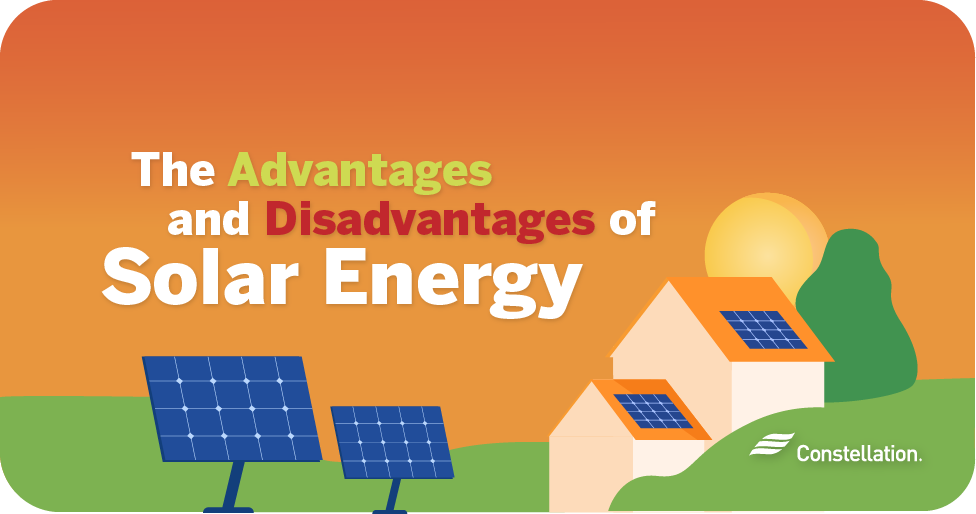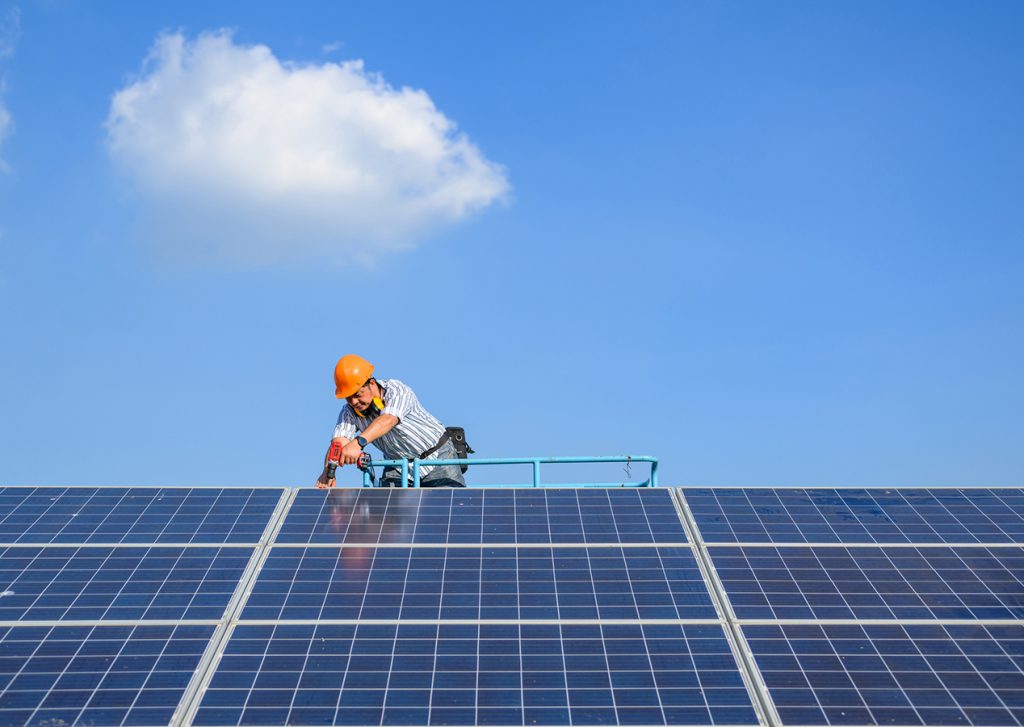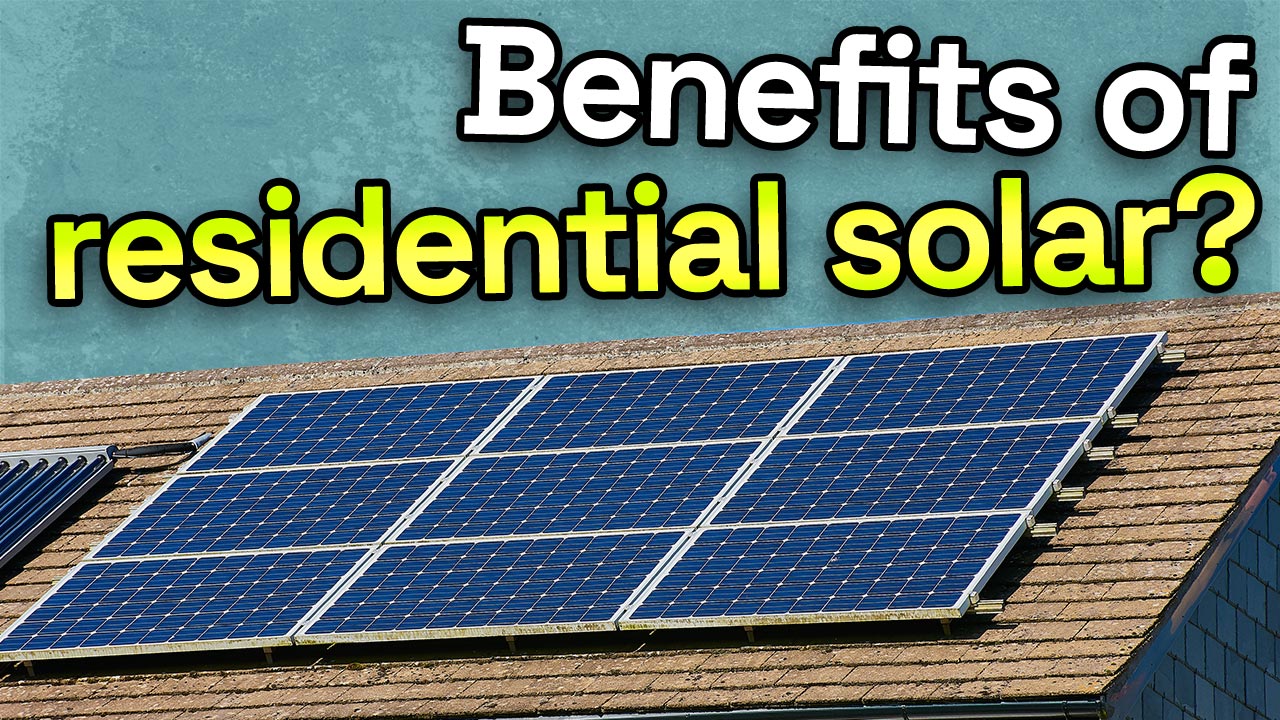Solar Power 101: A Beginner's Guide to Sustainable Power Solutions
As the world significantly changes in the direction of sustainable power services, understanding the basics of solar energy ends up being vital for both individuals and companies. This overview offers a comprehensive introduction of solar power, outlining the numerous systems offered and the devices behind their procedure. By discovering the advantages of solar modern technology, along with the financial motivations and setup processes, one can obtain a clearer viewpoint on how to efficiently integrate this renewable energy right into their energy approach. Nonetheless, the journey toward adopting solar energy welcomes further examination of the challenges and factors to consider that come with it.
Comprehending Solar Power
At its core, understanding solar power involves understanding the essential concepts of how sunlight can be exchanged useful electrical energy. Solar power is stemmed from the sunlight's radiation, which can be used through various technologies. The main system for this conversion is the solar impact. This phenomenon happens when sunshine strikes semiconductor materials, typically silicon-based, within solar cells. The energy from the sunlight excites electrons in the semiconductor, allowing them to move freely and create straight current (DC) electrical energy.

Understanding solar power additionally includes acknowledging its environmental advantages. By using sunlight, we can mitigate greenhouse gas discharges and lower air contamination, contributing to an extra lasting future. The developments in technology and efficiency of planetary systems remain to enhance their feasibility, making solar energy a significantly eye-catching option for global energy requirements.
Kinds Of Solar Energy Systems
Numerous sorts of solar power systems are generally used to harness solar energy for power generation. The key categories include photovoltaic (PV) systems, focusing solar power (CSP) systems, and solar thermal systems.
Solar systems make use of solar panels composed of silicon cells that transform sunlight directly right into electricity. These systems are flexible and can be installed on roofs, ground mounts, or incorporated into structure products.
Focusing Solar energy systems, on the other hand, employ mirrors or lenses to concentrate sunlight onto a small location, creating heat that drives a heavy steam turbine to generate electrical energy - Simply Solar Illinois. CSP systems are generally released in large nuclear power plant and require direct sunshine, making them much less appropriate for gloomy areas

Each kind of solar energy system has its special attributes, applications, and viability relying on geographic place, energy requirements, and budget, making it important to review options based on particular situations. - Simply Solar Illinois

Benefits of Solar Power
Using solar power with various systems not only supplies a sustainable means to produce power but likewise supplies a wide variety of advantages. One of one of the most significant benefits is the decrease in greenhouse gas exhausts, adding to a cleaner setting and combating climate modification. Solar power is sustainable, meaning it is infinite and available as long as the sun shines, unlike fossil fuels, which are finite and diminishing.
Moreover, solar energy can bring about substantial cost financial savings gradually. Home owners and organizations can reduce their electrical energy bills dramatically, and oftentimes, they may gain debts for excess energy generated with web metering. In addition, the solar market develops work, from making to installment, stimulating neighborhood economic situations.
One more engaging benefit is energy freedom. By producing their very own electricity, people and areas can lower reliance on outside power sources, boosting durability against rising and fall energy costs and supply disturbances. Moreover, solar energy systems need minimal maintenance, making them a convenient alternative for lasting energy generation.
Installment Process Review
The setup procedure for solar power systems typically Continued includes several key actions that make sure reliable integration into a residential or commercial property. A detailed site evaluation is performed to assess the roof's positioning, shielding, and architectural honesty, which are crucial to enhancing solar panel efficiency. Following this analysis, the style stage commences, where a customized solar power system is set up based on the homeowner's power requirements and choices.
When the style is settled, the essential licenses and authorizations are gotten from neighborhood authorities, making certain compliance with regulations. The actual installment involves installing the photovoltaic panels on the roof covering or ground, linking them to an inverter, and incorporating the system with the residential property's electric setup. This phase might additionally involve installing battery storage systems, depending upon the design.
With the installation full, the solar power system can start creating sustainable power, contributing to sustainability and minimizing energy expenses. This structured method makes sure that solar systems are both effective and trustworthy, optimizing their long-lasting benefits.
Financial Motivations and Savings
Checking out the financial motivations and cost savings connected with solar power systems can dramatically improve the charm of check this making the switch to renewable resource. Different incentives exist at government, state, and regional degrees, designed to minimize the initial expenses connected with solar setup. Among one of the most significant incentives is the government solar tax obligation debt, which permits home owners to subtract a portion of their planetary system setup expenses from their government taxes. As of 2023, this credit report stands at 30%, supplying significant savings.
Along with tax obligation credit ratings, several states supply discounts that can additionally decrease ahead of time expenses. Some utility companies also supply performance-based rewards, rewarding solar power manufacturing in time. Financing options, such as solar loans and leases, allow customers to mount systems over here with little to no down repayment, making solar power more available.

Additionally, solar systems can enhance residential property worths, giving a solid return on investment. In general, the combination of rewards and cost savings makes solar energy an economically attractive choice for many families.
Conclusion
In conclusion, solar power represents an important part of lasting energy options, providing a path toward decreased carbon footprints and improved ecological defense. Eventually, the shift to solar power not only cultivates ecological duty however also promotes economic financial savings and energy freedom.